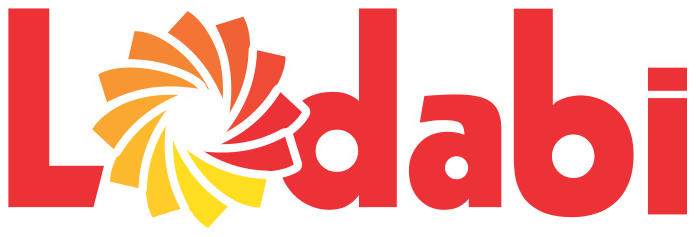Chưa có sản phẩm trong giỏ hàng.
mikä on postimyynti morsian
Preliminary multivariate frequent mentioned ANOVA demonstrated no perception to have participant sex therefore we folded the knowledge around the which adjustable
We looked at the youngsters personally and they viewed the brand new faces you to at a time, and you can considering reviews for the very same qualities used in Try out 1, having one or two exceptions. In the place of giving an answer to stuff collaborative/uncooperative, we requested pupils to resolve cooperates/does not cooperate as airplane pilot research revealed that they could read these brands to the qualities. Ahead of review, perulainen naiset to ensure the youngsters knew work, the newest experimenter interested each young one in practice in making use of the five-point Likert level with pictorial supports.
An enthusiastic experimenter exhibited the size and style toward child, and explained which they will be to relax and play a game where the child manage answer some inquiries by using the level. As a way of familiarizing participants having utilizing the latest size on the activity, the fresh experimenter expected the baby to answer another concerns: 1) “What’s your really favourite restaurants (take to answer = ice cream)?” and “How much cash do you instance ice cream?” 2) “What is your own minimum favourite dinner (decide to try answer = spinach)?” and you may “How much cash might you particularly spinach?” and you can 3) “What is actually a dinner you envision is not really bad and not great, it’s just “OK” (sample address = chicken) and you may “How much would you like poultry?”. Getting students exactly who failed to display best the means to access both concludes as well as the middle part of the scale, the fresh new experimenter requested one or two most questions: 1) “How extreme is the mom/dad?” and you can 2) “Exactly how high are you?” Students expressed the wisdom because of the directing into measure term otherwise container you to greatest represented its answer to for every concern.
Following practice, children viewed this new stimuli face due to the fact experimenter displayed each face for approximately step one next to reveal these to the range of stimulus. 2nd the child viewed for each deal with one after another and you may provided a get for the trait/behavior issues because of the replying to the following concern: “How ________ do you consider this individual is actually?” (age.grams., Just how friendly do you believe this person is actually?”) otherwise “Simply how much do you consider this individual ________?” (age.g., Just how much do you believe this person features problems making new friends?) utilizing the measure. College students was in fact encouraged to work as fast as possible, in order to estimate the brand new restricted stimuli evaluation time allowed to adult participants into the Try out 1. Like in Try out step one, i presented every items-deal with pairs in one of twenty eight random sales. The procedures brought to end potential rater bias in Try out 2 was identical to those in Check out step one.
Abreast of end of one’s research, each kid along with participated in an article-experimental concept where in fact the experimenter asked the baby exactly what properties they thought was indeed more significant than just looks and also to speak regarding the something that they were “good on.” This short article-fresh tutorial was created to disappear any focus the analysis methods might have placed through to physical appearance, emphasize the necessity of internal characteristics, and leave for each and every new member impression great about their contribution regarding studies.
Show and you can Dialogue
As in Experiment 1, we reversed-scored the ratings for negative attributes and calculated mean ratings for each participant. Next we conducted a doubly multivariate repeated-measures analysis of variance (ANOVA) to determine the effects of facial attractiveness and attribute valence (positive, negative) on children’s judgments of sociability, altruism, and intelligence. The results for children tested in Experiment 2 were identical to those of adults in Experiment 1. Results indicated a significant effect for facial attractiveness, Wilks’? = .47, F (6, 109) = , p < .001,>
Standard Dialogue
The purpose of this research was to determine this new directionality from appeal stereotypes and you can especially if or not facial attractiveness pays to once the given by the “beauty-is-good” aphorism. Generally, for both students and grownups, the clear answer is simple: Unsightly women can be really missing out according to sometimes average otherwise attractive female. It is with greater regularity the scenario one unattractiveness was “bad” than you to definitely beauty was “a beneficial.”
